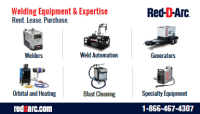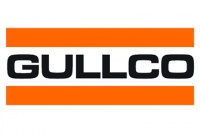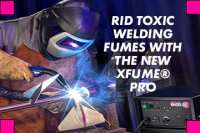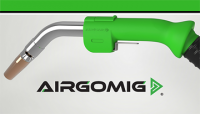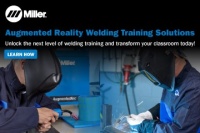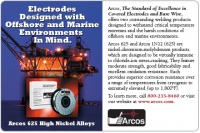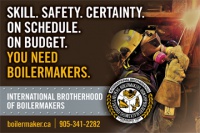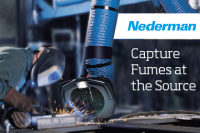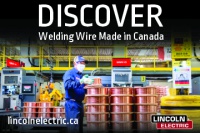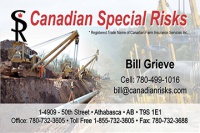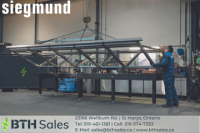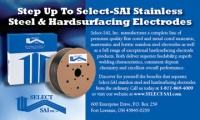Dissimilar joining of automotive sheet materials by friction stir welding
The rising demands for improved fuel economy have driven the increased utilization of aluminum and magnesium alloy sheet materials in automotive designs. However, the majority of the structures involve steel, and so the inevitable task of joining dissimilar sheet materials has become a serious challenge. Some of the issues typically encountered are severe porosity and cracking when arc based welding techniques are used. Even if such defects are not produced, the resulting joints typically contain a large quantity of brittle intermetallic phases that limit joint strength. Solid state welding techniques have become an increasingly popular welding approach for these applications, as it prevents melting of the base materials even when they have widely varying melting temperatures. Although intermetallics may still form during solid state welding, their thickness is usually limited by the lower peak temperatures imposed. This paper will review some of the techniques developed for addressing dissimilar material joining, and highlight some recent progress involving joining of aluminum and high strength steel using friction stir welding for automotive applications.
Become a member of the CWB Association by following these simple steps! Membership is Free.
Log In
Have a myCWB account?
You will be redirected back to this page once you've logged in successfully.
Don't have a myCWB account yet?
Register for an account and you can join the CWB Association during the registration process!

